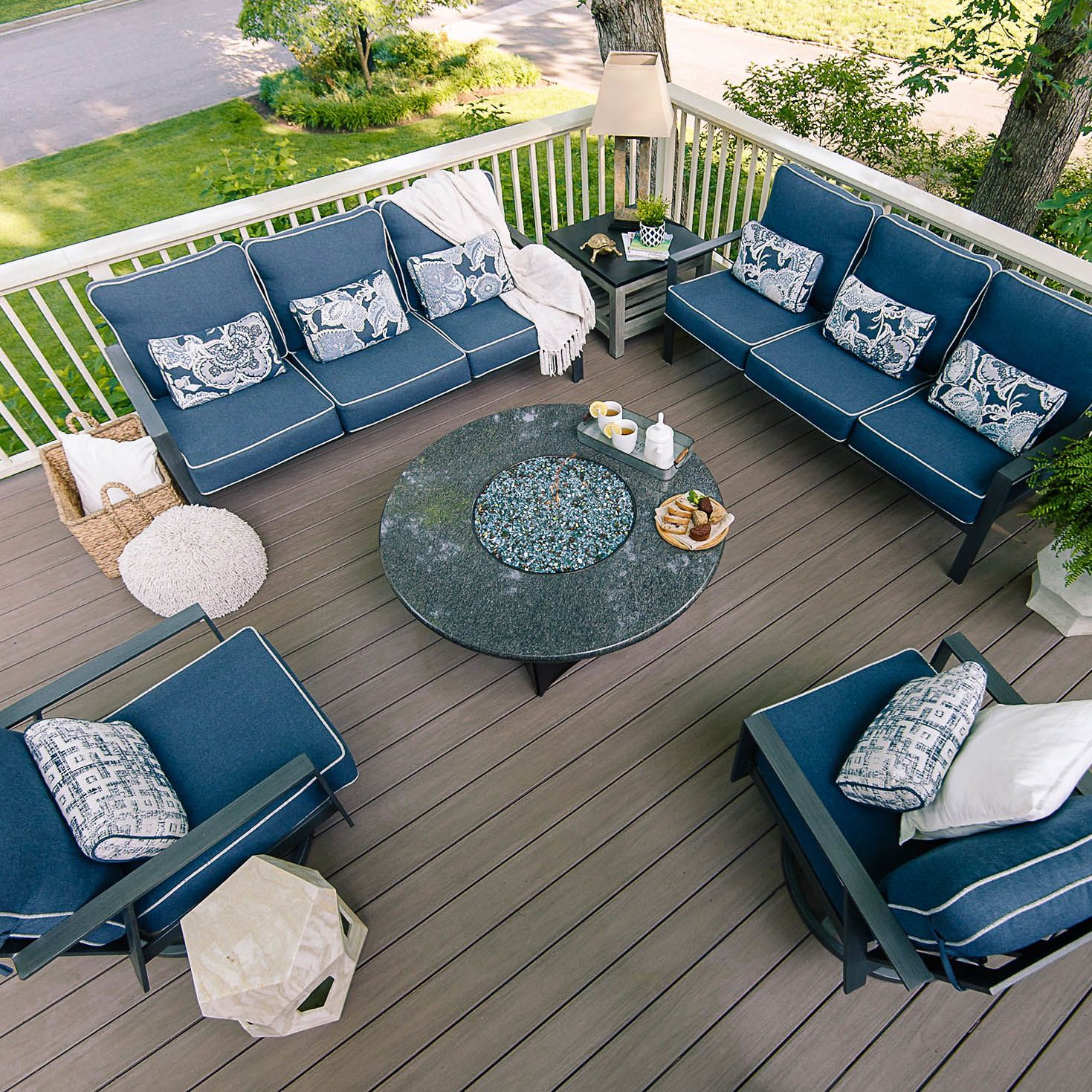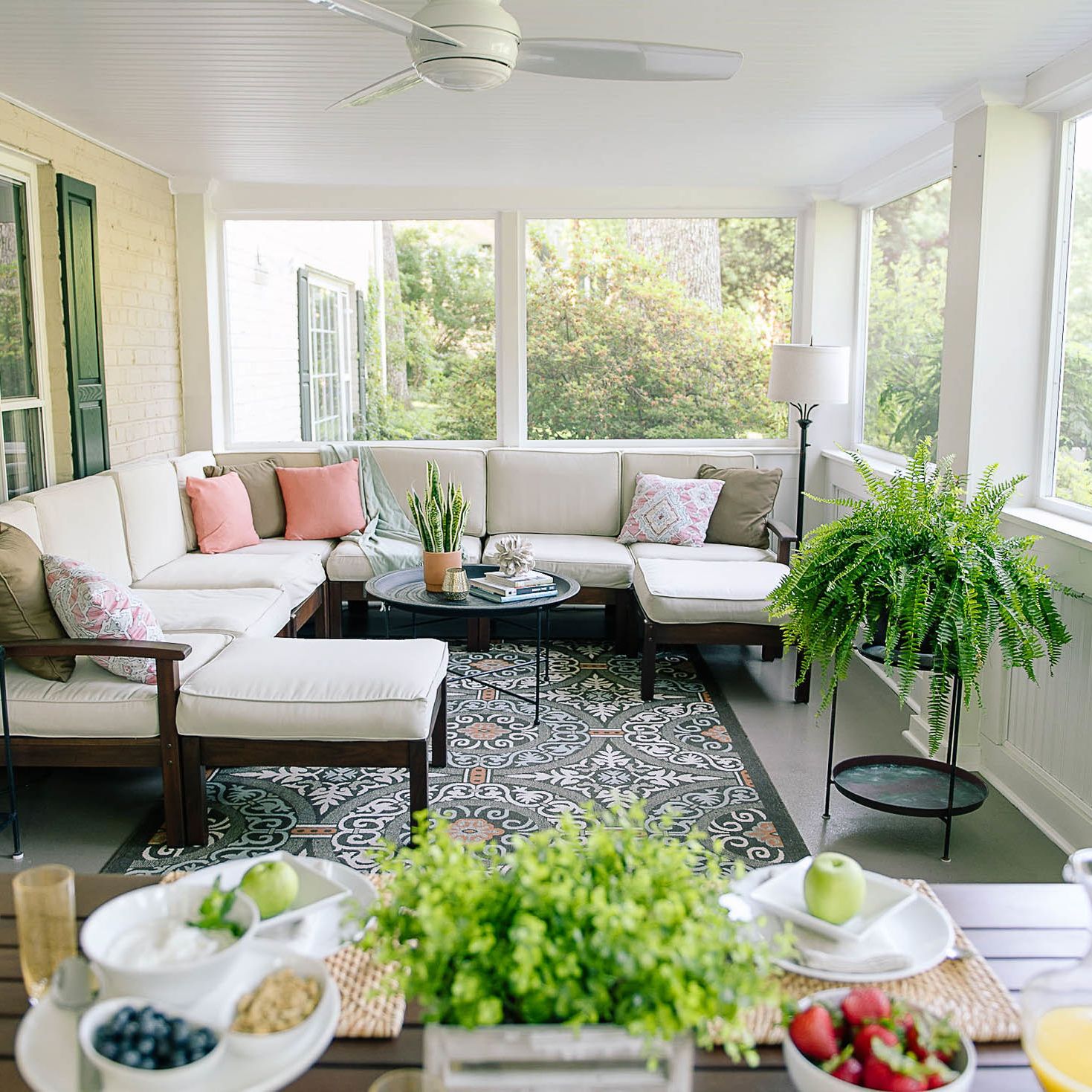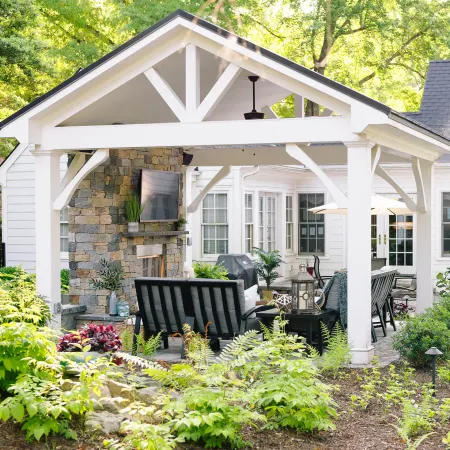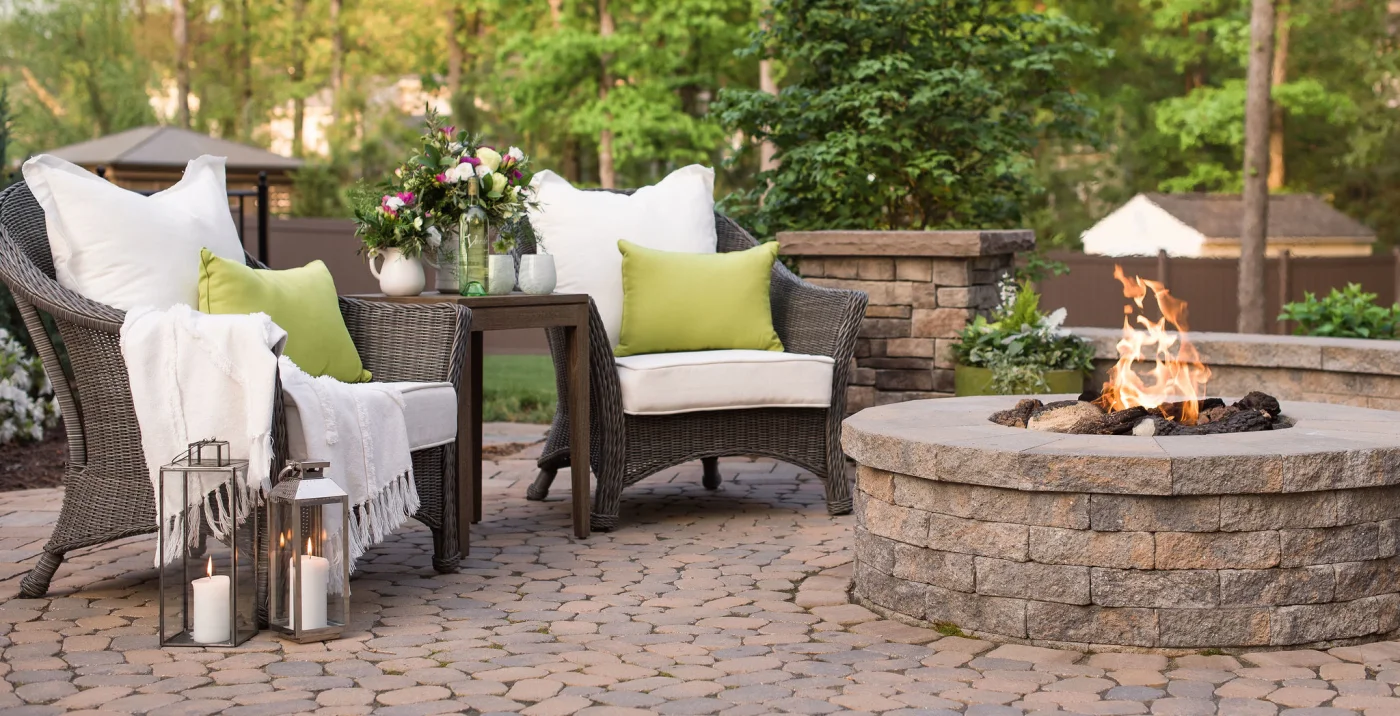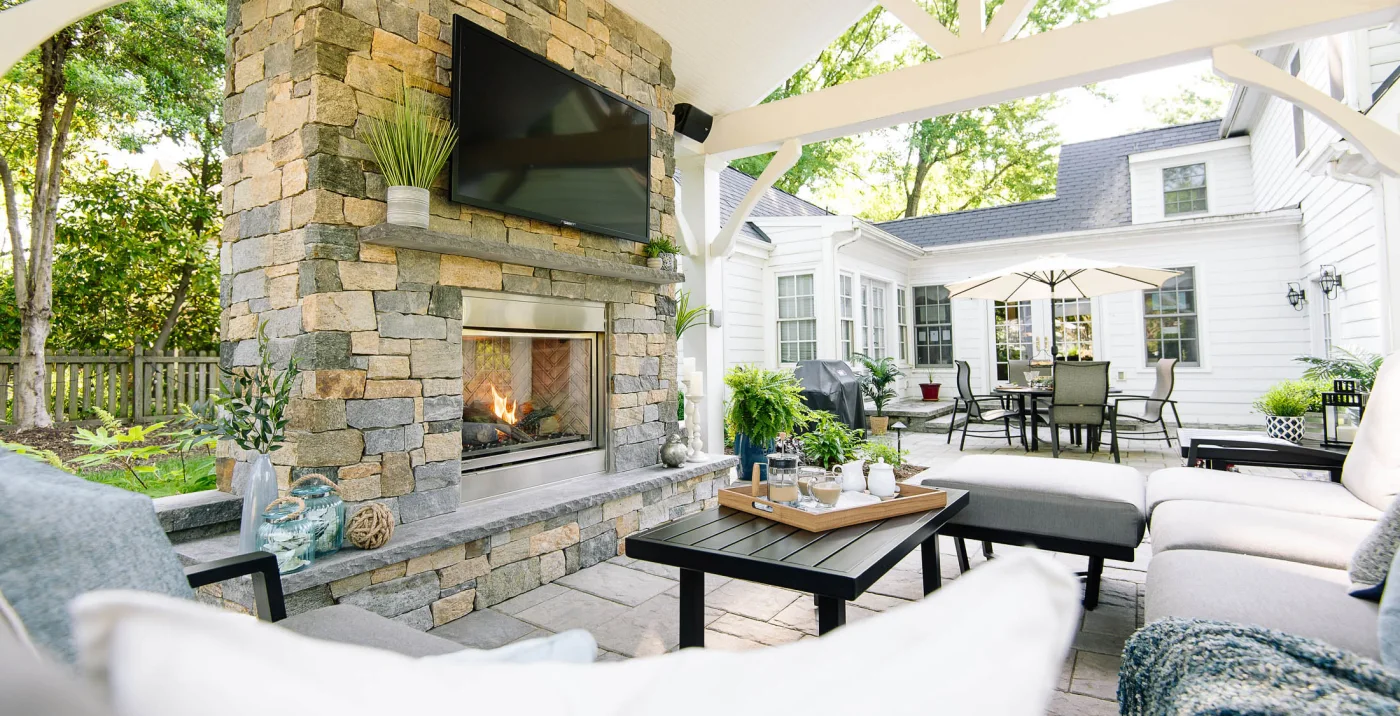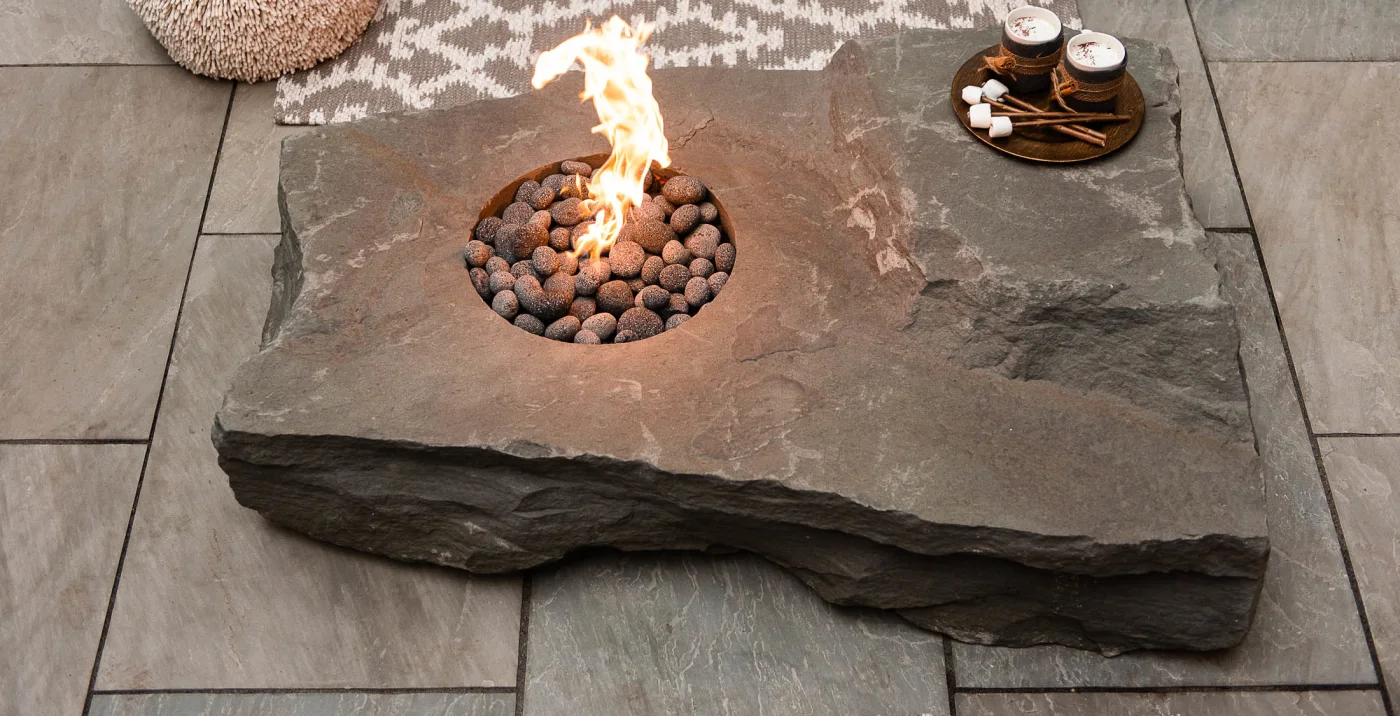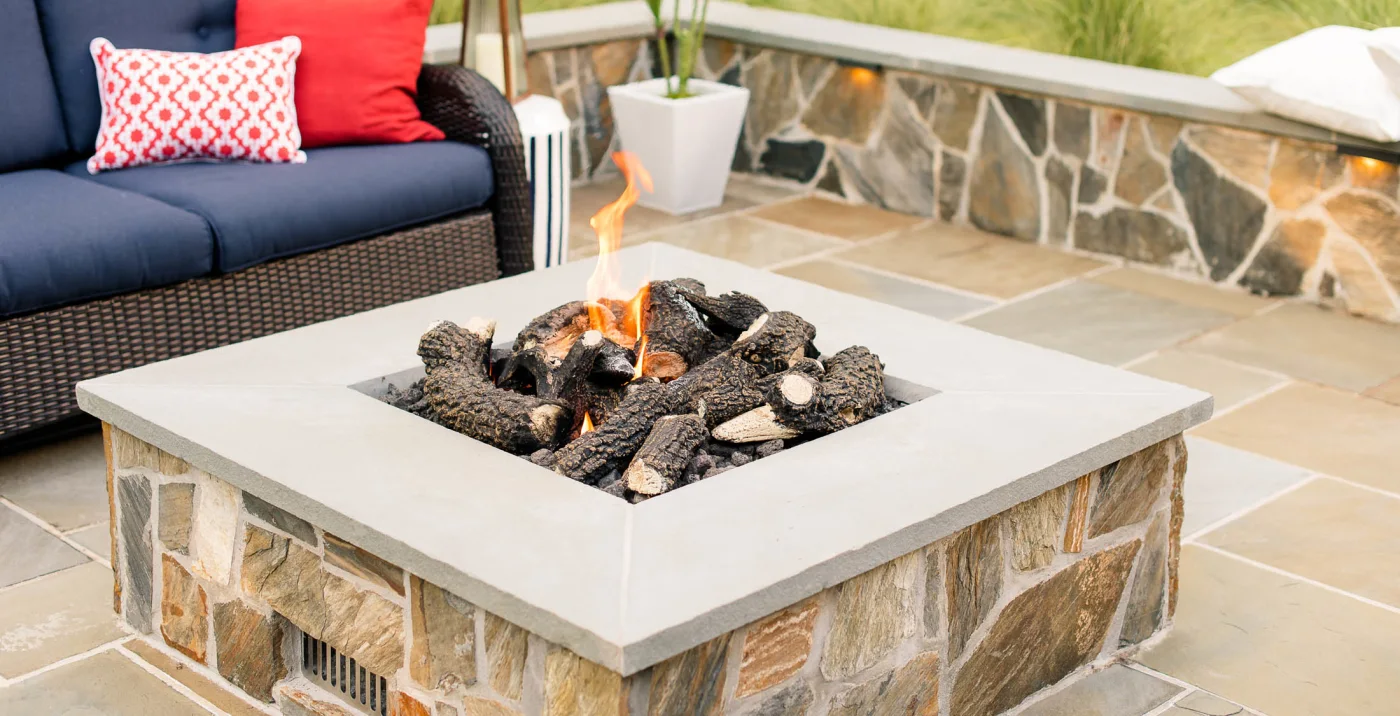Planning
A Guide to Permitting in Outdoor Living Spaces
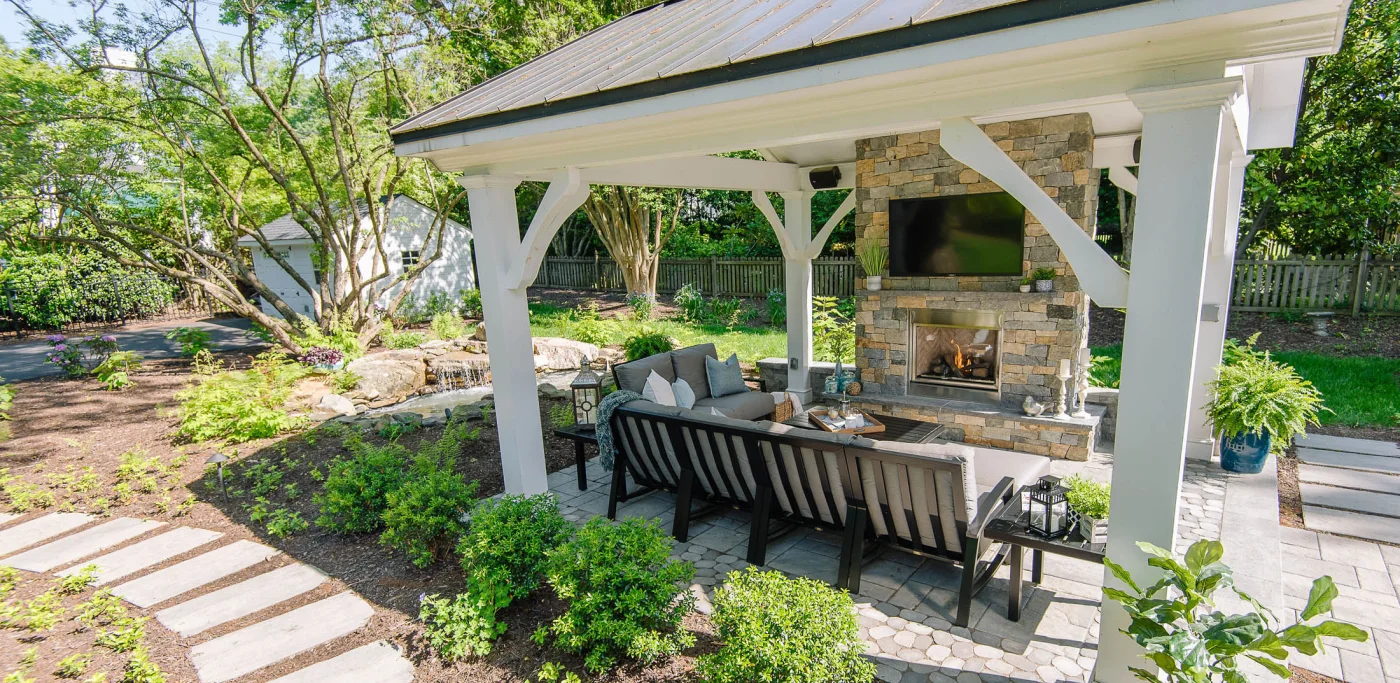
Story Highlights
When it comes to the remodeling process, permitting (and inspections) is one of the least favorite topics of conversation; second only to budget/price discussions. Though not as fun to discuss as design layouts, material selections, or kitchen appliances, permitting is an essential topic to review.
Before getting frustrated with the added costs and headaches, it's important to remember that the permit and inspection process is here for your protection. Most importantly, permits and inspections are meant to keep you safe by ensuring that structures and utilities won't fail tragically while you're enjoying them. Along with protecting your safety, permits and inspections also protect the investment you are making in your home; few things lower house value more than poor and failing construction.
In this guide, we provide you with a comprehensive overview of the permits and inspections required in outdoor living spaces.
Starting with Structures
Carpentry
To start the conversation on permitting, it makes sense to begin with the carpentry structures that fit a traditional permit and inspection process. Because they look and feel like traditional construction, most homeowners intuitively know that structures like decks, porches, and pavilions require permitting and inspection. Like houses, garages, and home additions, these structures require footing, framing, and final inspections.
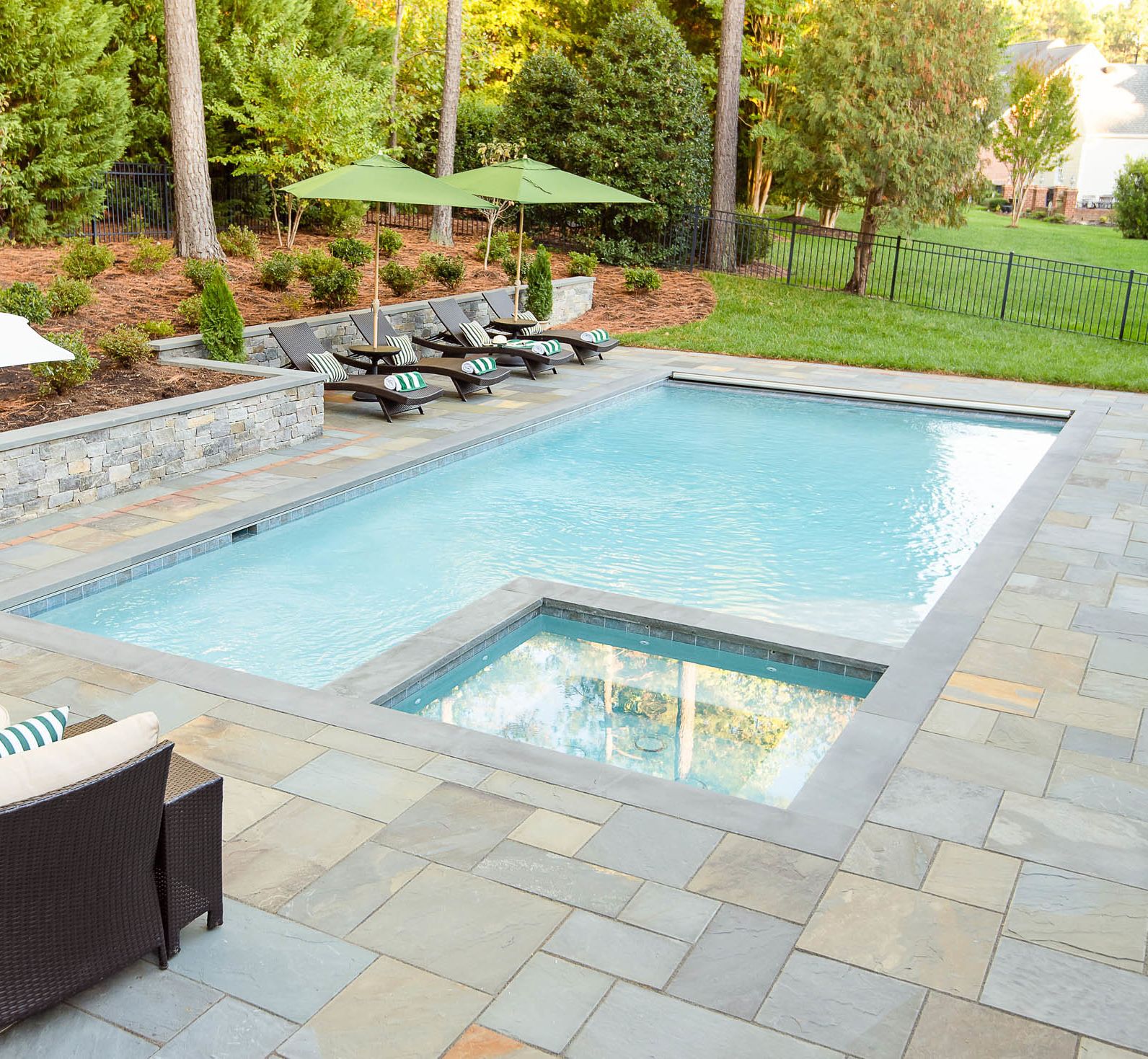
Structures
Swimming Pools
The primary purpose of the pool inspection process is to assure that all safety requirements have been met. Along with all utility permits (discussed below), the building code also requires an inspection to ensure the pool is bonded and enclosed by a permanent pool barrier (automatic pool cover or approved fence).
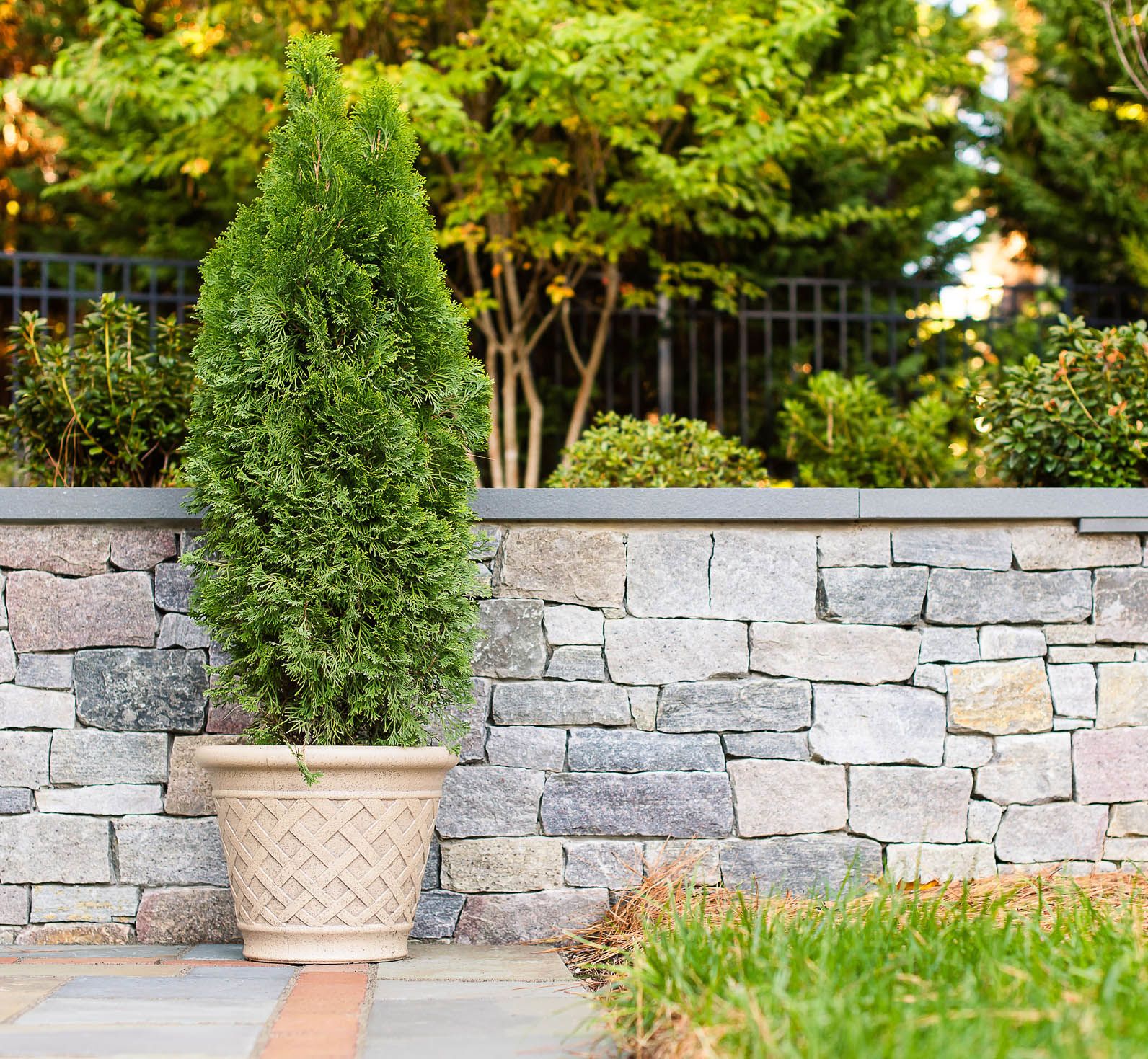
Structures
Retaining Walls
Most people do not realize that retaining walls over 3 feet in height require permitting and inspection. Though not as thorough as other processes, retaining wall inspections will ensure that your wall's foundation is below the frost line, a key factor in long-term stability. Depending on your locality and the wall's height, soil and compaction tests may also be required.
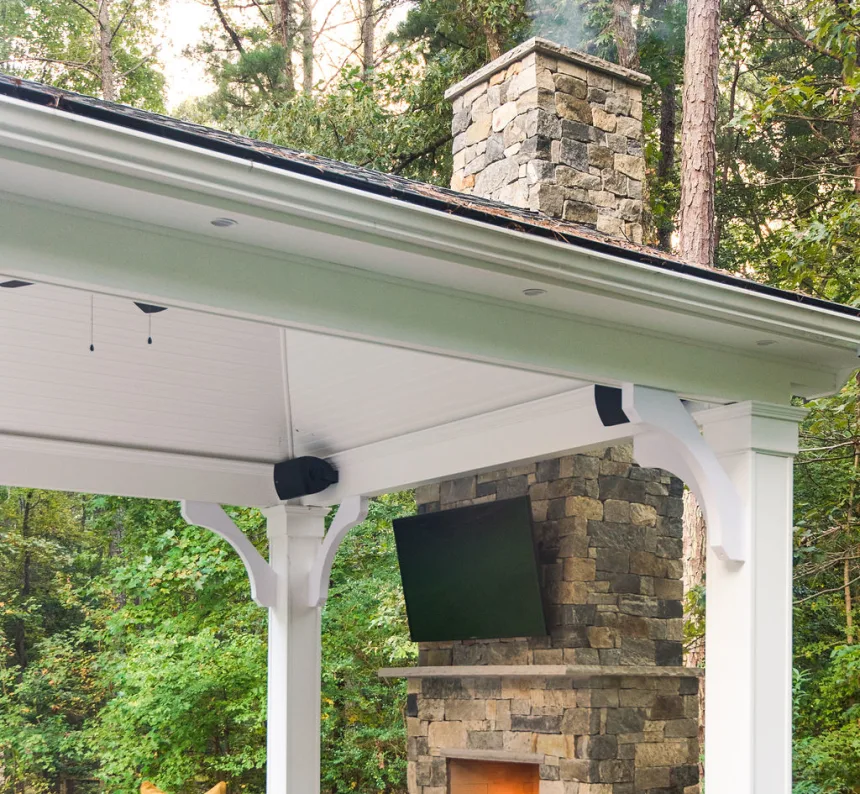
Structures
Attached Fireplaces
All wood-burning outdoor fireplaces attached to a porch or free-standing pavilion require inspection. Like most structures, these outdoor fireplaces require a footing, framing, and final inspection.
Though most freestanding (not attached to a roof structure) outdoor fireplaces do not require permitting, there is one exception. Any outdoor fireplace within ten feet of a structure (house, shed, garage, etc.) does require permitting and a final inspection to ensure the chimney extends 2 feet beyond any roofline within the 10-foot radius.
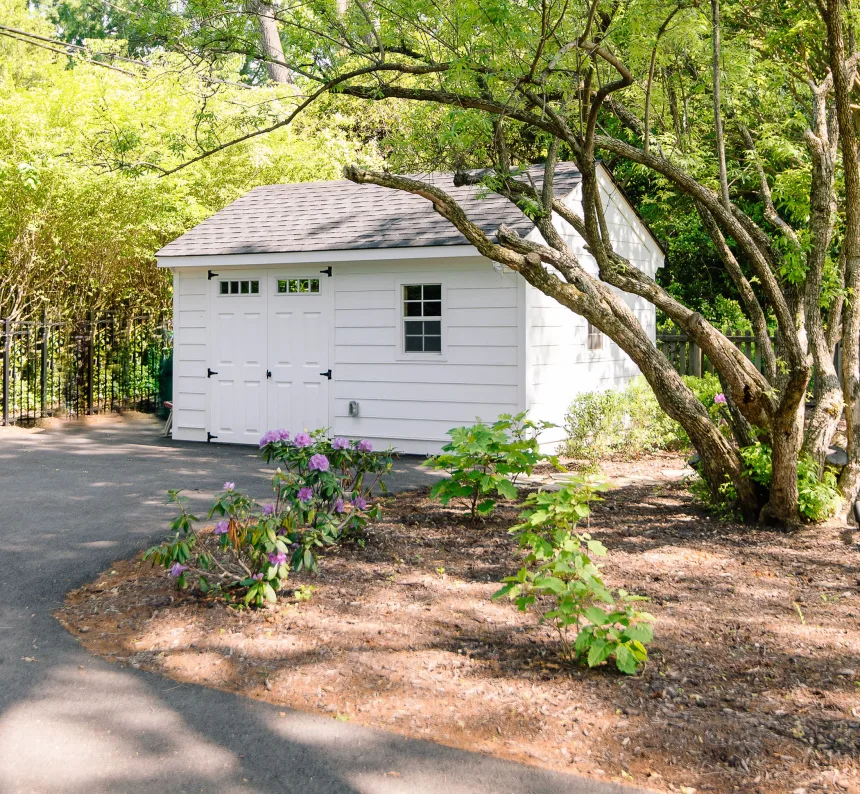
Structures
Custom Sheds
Depending on your locality, custom sheds often require inspection if their footprint is beyond a certain size. This may also be required of some premade kits, whether constructed on-site or delivered fully assembled. Additionally, all utilities run to the shed also require permitting.
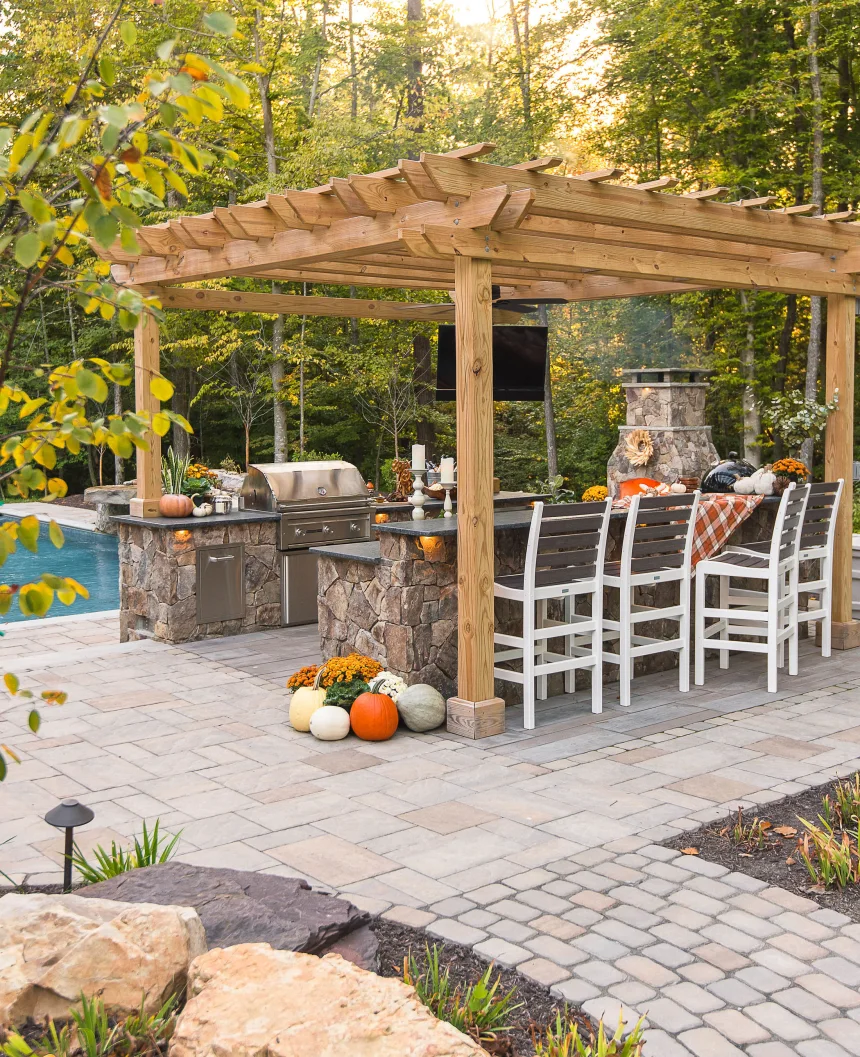
Not sure if it needs a permit?
Just ask!
If you're not sure whether a permit is required for a particular structure, be sure to ask your local permitting office. It's better to double-check upfront than to beg forgiveness later; inspectors and permit departments are typically not forgiving and may require you to take apart and redo your structure.
The pictured pergola is an example of this situation. Though the building code did not require permitting for pergolas, the local inspector decided mid-construction that he wanted us to permit the structure. We ultimately had to disassemble part of the kitchen structure to expose our footings and connections to pass inspection. Had we double-checked and shown our plans ahead of time, this costly delay may have been avoided.
Along with structures, be sure to permit all
Utilities
Along with the structures listed above, be sure to have all of the utilities in your outdoor living space permitted and inspected. The most common utilities are electrical and gas, but some outdoor kitchen appliances also require water and sewage. Read through this section for a discussion of the most common structures and features with utility requirements.
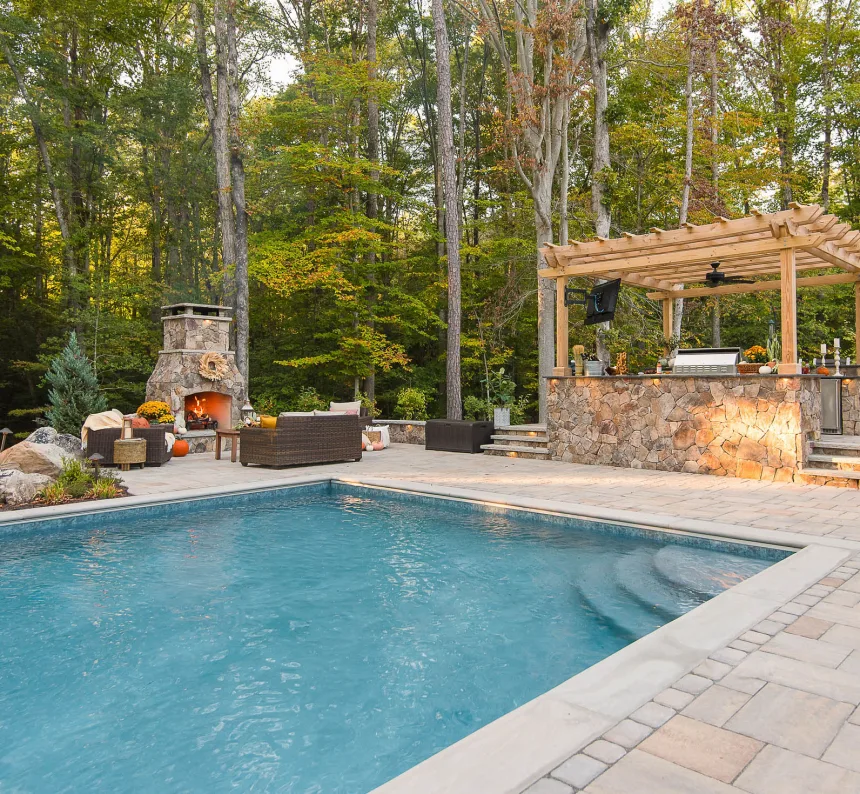
Structures with Utilities
Swimming Pools
Along with requiring their own structural permit, swimming pools also require separate permits for all utilities. Gunite and fiberglass swimming pools require electrical work (including powering the pump, potting the lights, & bonding the pool) and many, with gas-powered heaters, also require (you guessed it) gas lines.
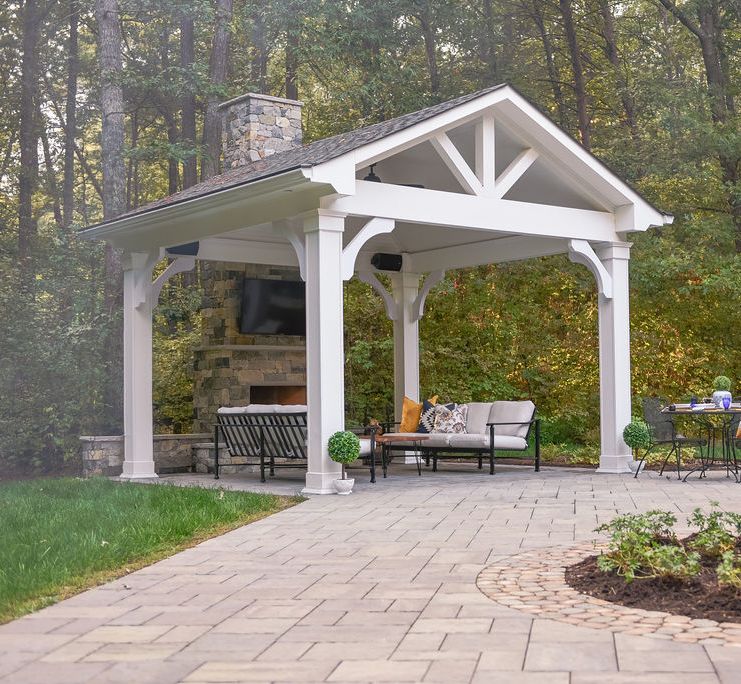
Structures with Utilities
Pavilions
Along with structural permits and inspections, pavilions also require separate permits for all electrical work included. Whether it's a fan, recessed lights, cove lighting, outdoor televisions, audio speakers, mounted heaters, or additional outlets, most pavilions include electrical utilities.
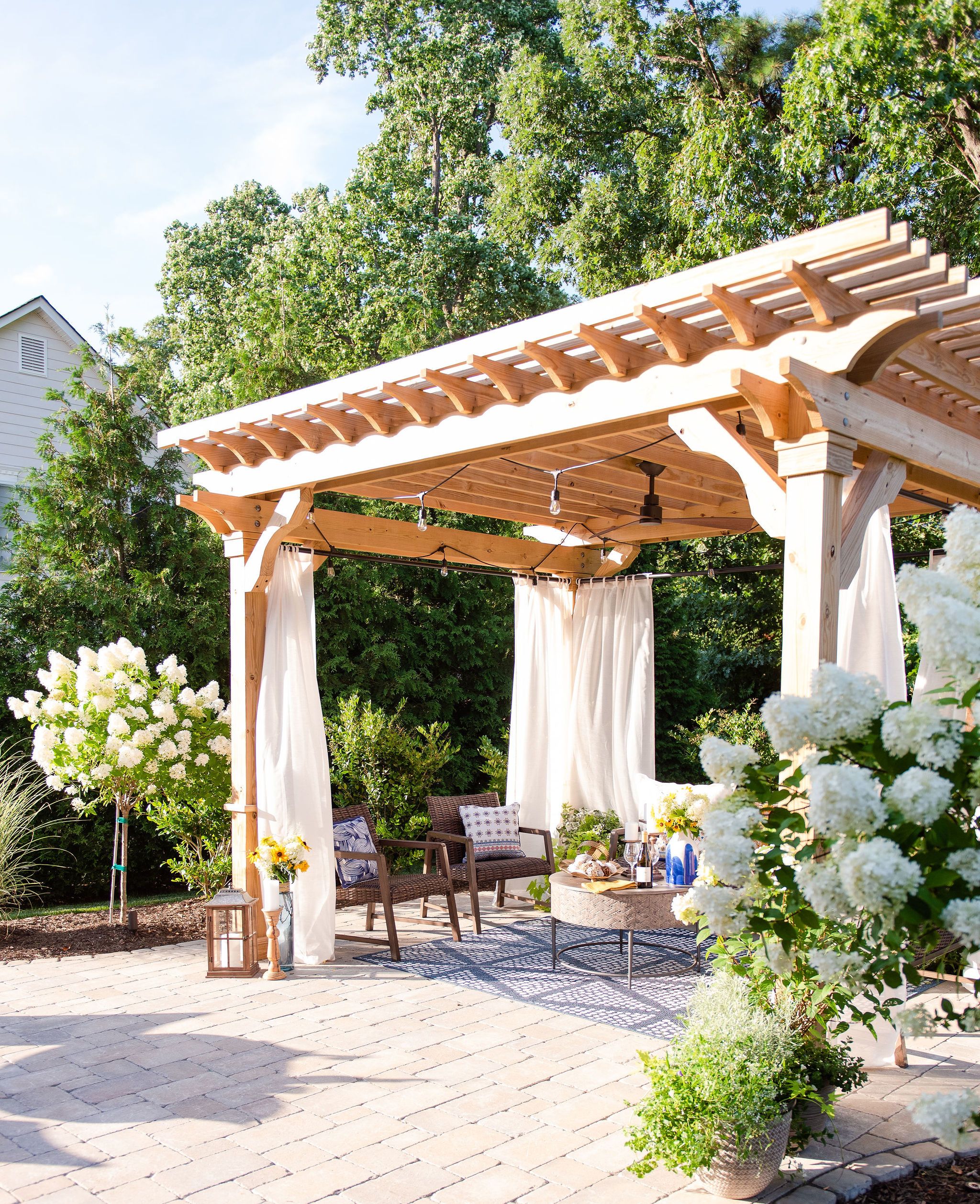
Structures with Utilities
Pergolas
Though structural permits are typically not required, most pergolas include an electrical package with a lighted fan and outlets for string lights and overflow use. As with pavilions, pergolas may also require electrical work for outdoor televisions, audio speakers, and mounted heaters.
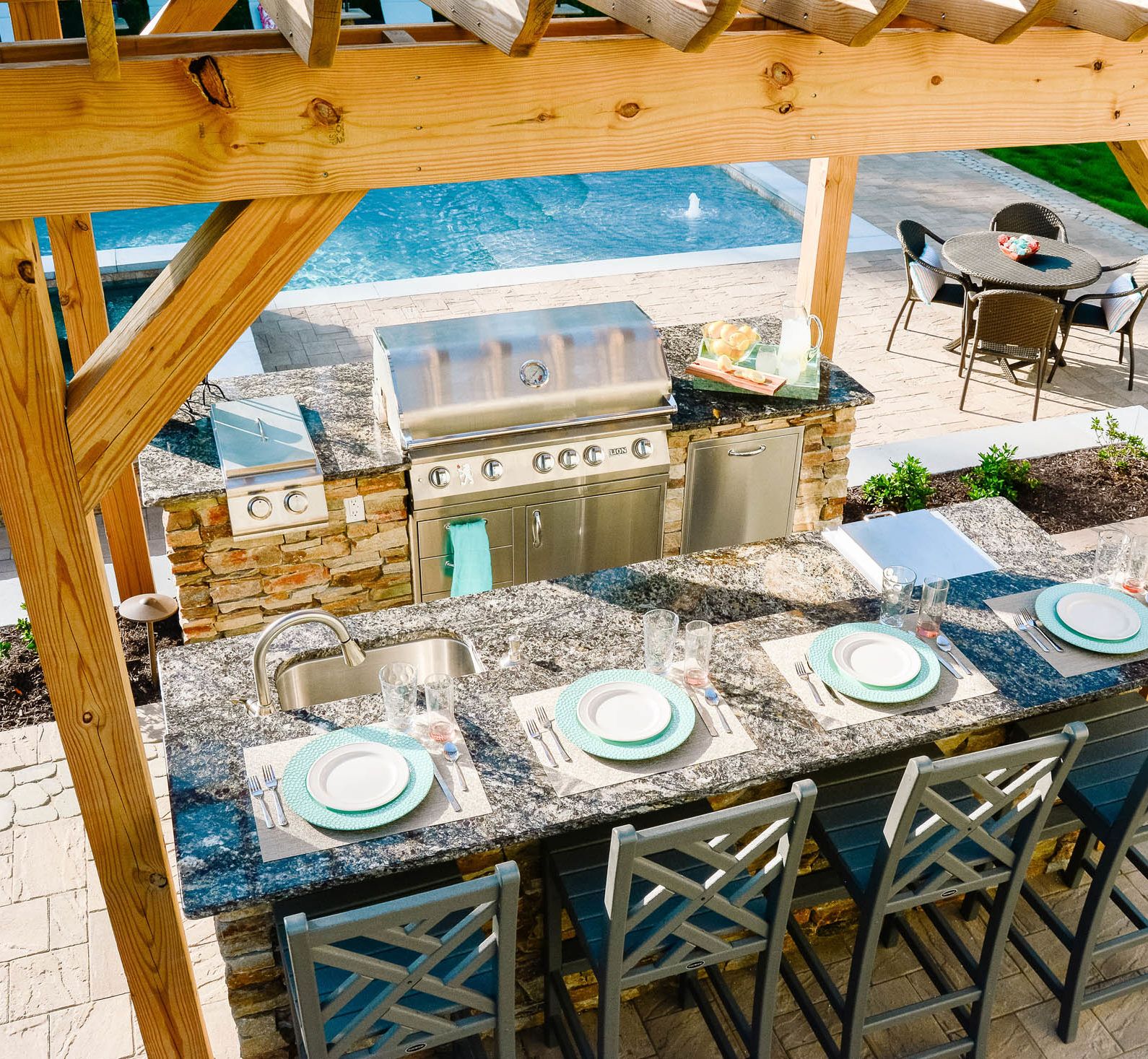
Structure with Utilities
Outdoor Kitchens
Though no permit is required for the structure, it's impossible to have an outdoor kitchen that does require utility permits. Depending on the choice of appliances, an outdoor kitchen could require permitting and inspections for a gas line (grill & side burners), electrical outlets (grill, refrigerator, icemaker, etc.), water line (sink & icemaker), and sewage return line (now required on all sinks).
Structures with Utilities
Gas Fire Pits and Fireplaces
Be sure to fully understand the requirements of the gas insert you select. Depending on the insert, a gas fire pit or outdoor fireplace may require both gas and electrical utilities.
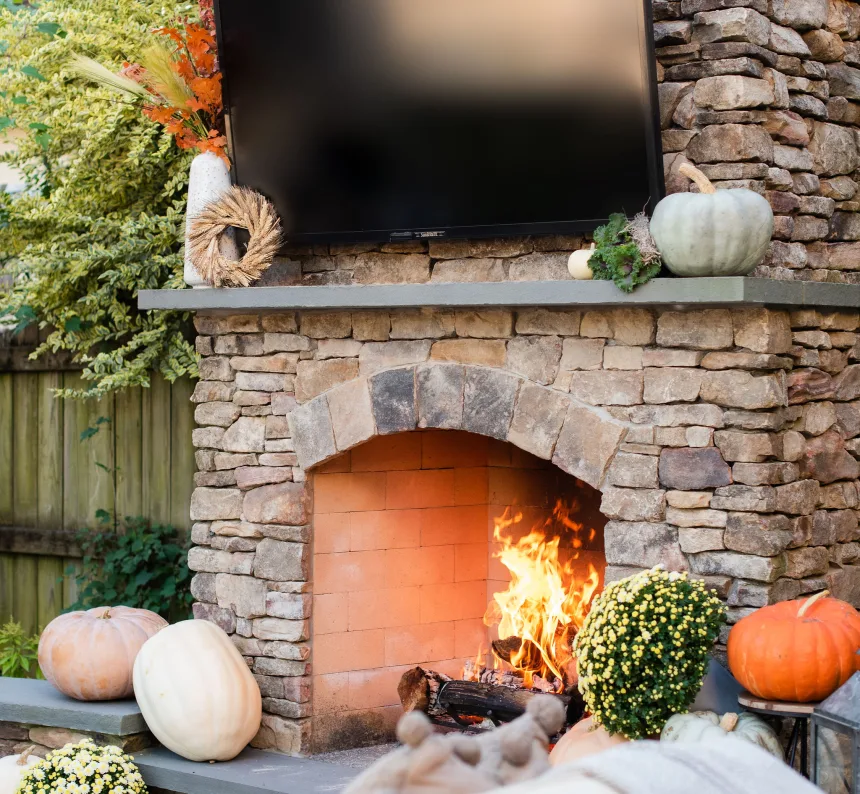
Features that require Utilities
Outdoor Televisions
Outdoor televisions are a popular addition to many pavilions, pergolas, and outdoor fireplaces. By providing an outdoor setting, outdoor televisions allow you to truly enhance your morning news, movie nights, and game days.
If you are looking to include an outdoor television, you will need at least one electrical outlet to provide power, and more may be required depending on your audio setup.
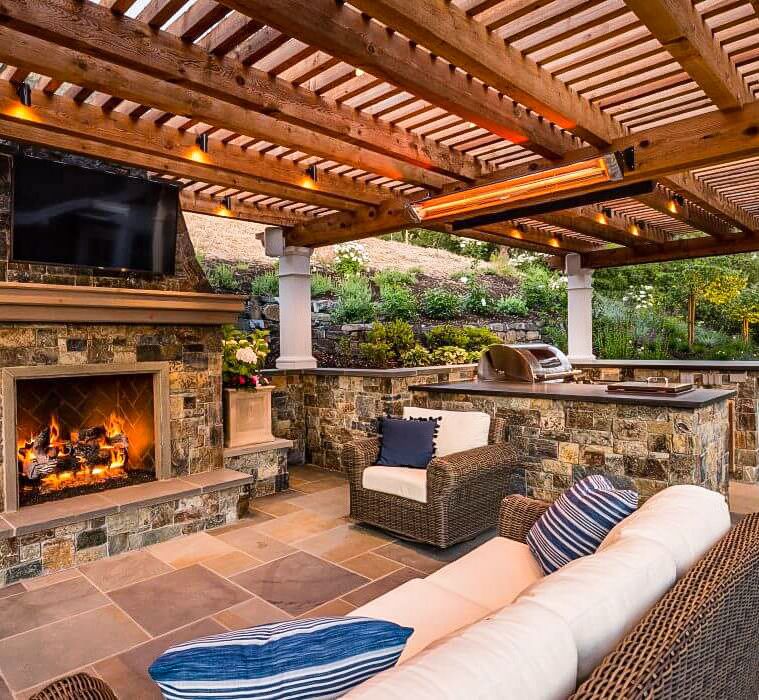
Features that require Utilities
Outdoor Heaters
Along with outdoor televisions, outdoor heaters are quickly becoming one of the most popular additions to porches, pavilions, pergolas, and finished under-deck areas. Outdoor Heaters allow you to comfortably enjoy your outdoor space well into the colder fall and winter seasons. Depending on your model, outdoor heaters require either gas or electrical power.
Protect your safety and your investment
Have your Outdoor Space permitted and inspected
At Outdoor Dreams, we are advocates for permitting and inspecting outdoor living spaces. Whether or not you are working with Outdoor Dreams, we strongly recommend that you insist on having your structures and utilities permitted. It's the law and it's meant to protect your safety as well as your investment.
Relaxing Windsor Farms Retreat Project
Relaxing Windsor Farms Retreat Project
The design features numerous exciting elements including a pavilion-covered patio, gas fireplace, outdoor, water feature, stepping stone walkway, driveway with parking area, custom shed, and a new landscape that completes the relaxing and natural atmosphere. Without question, the resulting space is truly a full backyard transformation.
The Outdoor Dreams Difference: Elevated Pool Equipment Packages
The Outdoor Dreams Difference: Elevated Pool Equipment Packages
At Outdoor Dreams, we understand the importance of reliable, high-quality equipment for your pool. That’s why our standard pool equipment and electrical packages are designed to provide everything you need for efficient operation, durability, and convenience. This article details our pool equipment and electrical packages that go above and beyond.
